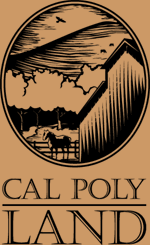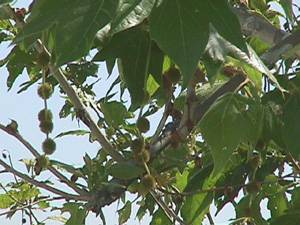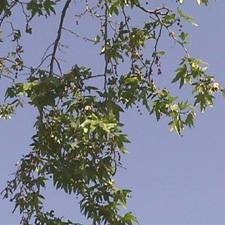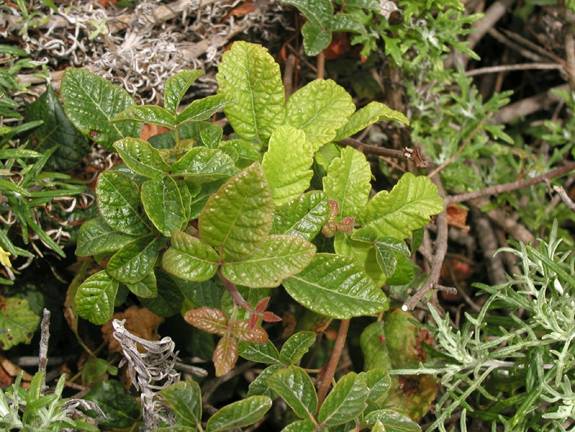| Flora @ Stenner Creek
|
|
|
Flora
|
|
Along the creek you can find a diverse habitat of plant and animal life. In just a very small area of the creek I've seen fish, birds, small rodents and raccoons. On the shores and over the creek are different types of ivy, poison oak, grasses and ferns. All these different plants and trees create a beautiful riparian community around the creek.
The California Sycamore, also called Western Sycamore or Aliso , is a Plane tree, with the botanic name of Platanus racemosa . It has lobed leaves and ball-like, hairy fruit clusters, and bark that flakes off in large patches. It is informally also called "buttonball" or "buttonwood". In keeping with its size, Sycamores have the largest leaves of any native tree in North America . The trunk of a Sycamore is usually divided into several large, secondary trunks. Its bark is speckled white and brown, with darker bark of older trees peeling away from the lighter-colored and younger bark. Typically, the Sycamore grows on bottomlands, floodplains, and on the banks of streams. Its tough and course-grained wood is difficult to split and work. It has various uses, including acting as meat preparation block for butchers. A few birds feed on its fruit, and several mammals eat its twigs and bark. It is present along many of the streams on Cal Poly Land . During the spring it re-grows the leaves it shed over the winter. The leaves help to shade the streams at Cal Poly and keep the water from evaporating.
Western poison oak is found only on the Pacific Coast of the U.S and Canada . Western poison oak is extremely variable in growth habit and leaf appearance. It grows as a dense shrub in open sunlight or as a climbing vine in shaded areas. In the spring time, the leaves are a light, bright green. Poison Oak leaves are divided into three. A way to distinguish between poison oak and other plants is by this catchy rhyme "leaves of three, let them be leaves of four, touch them more." Poison Oak packs a punch, if you come in contact with it, more often than not, you will find yourself developing an irritating, itchy rash, often accompanied by blisters. Poison Oak is found all around Stenner Creek. One has to be careful when walking around along side of Stenner Creek.
"In spring its ivory flowers perfume the sunny hill or sheltered glade, in summer its fine green leaves contrast refreshingly with dried and tawny grassland, in autumn its colors flame more brilliantly than in other native: but one great fault, its poisonous juice, nullifies its every other virtue and renders this beautiful shrub the most disparaged of all within our region." - John Thomas Howell
Canyon live oak ( Quercus chrysolepis), also called canyon oak, gold cup oak, live oak, maul oak, and white live oak, is an evergreen species of the far West, with varied size and form depending on the site. In sheltered canyons, this oak grows best and reaches a height of 30 in (100 ft). On exposed mountain slopes, it is shrubby and forms dense thickets. Growth is slow but constant, and this tree may live for 300 years. The acorns are important as food to many animals and birds. The hard dense wood is shock resistant and was formerly used for wood-splitting mauls. It is an excellent fuel wood and makes attractive paneling. Canyon live oak is also a handsome landscape tree.
|




